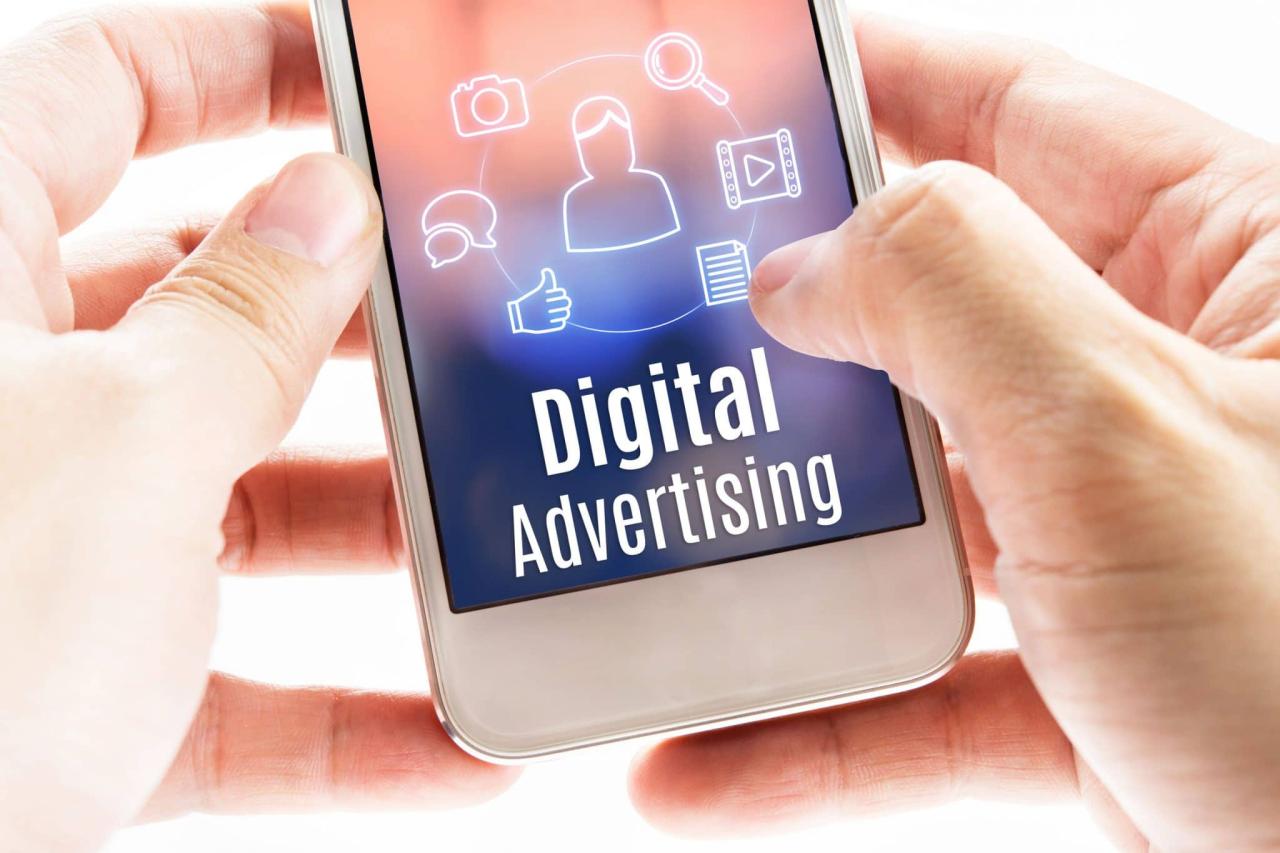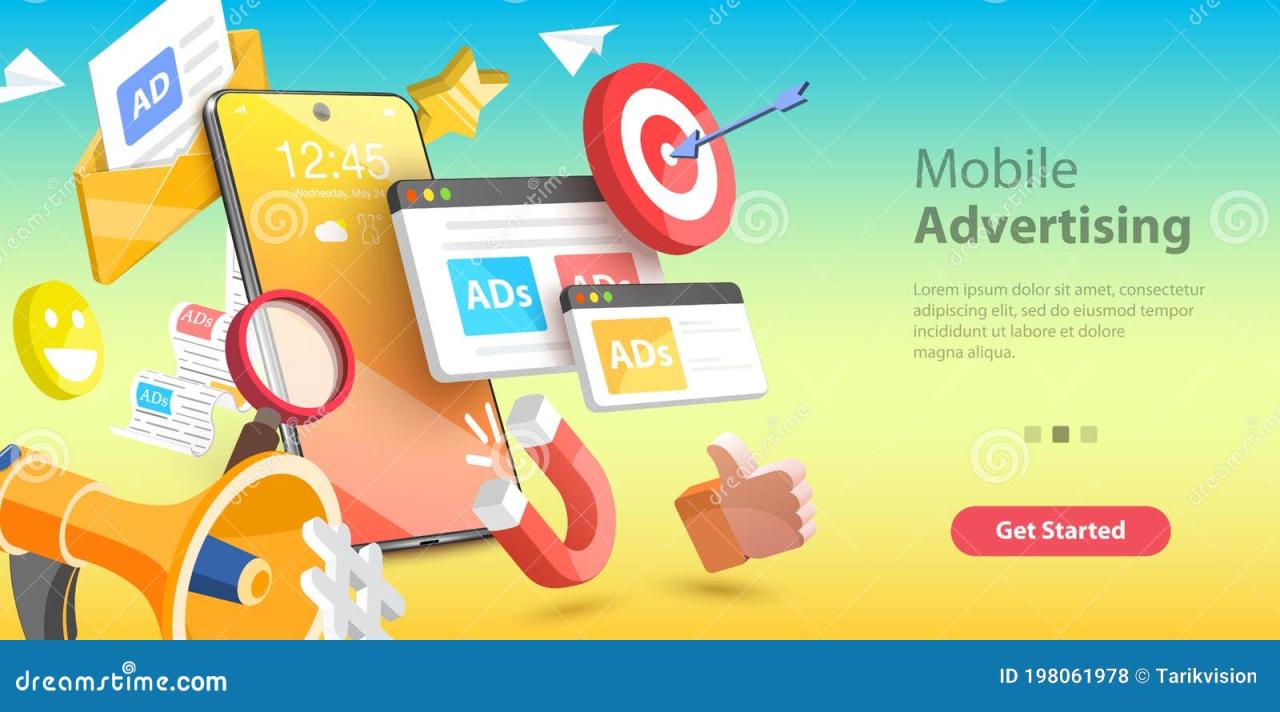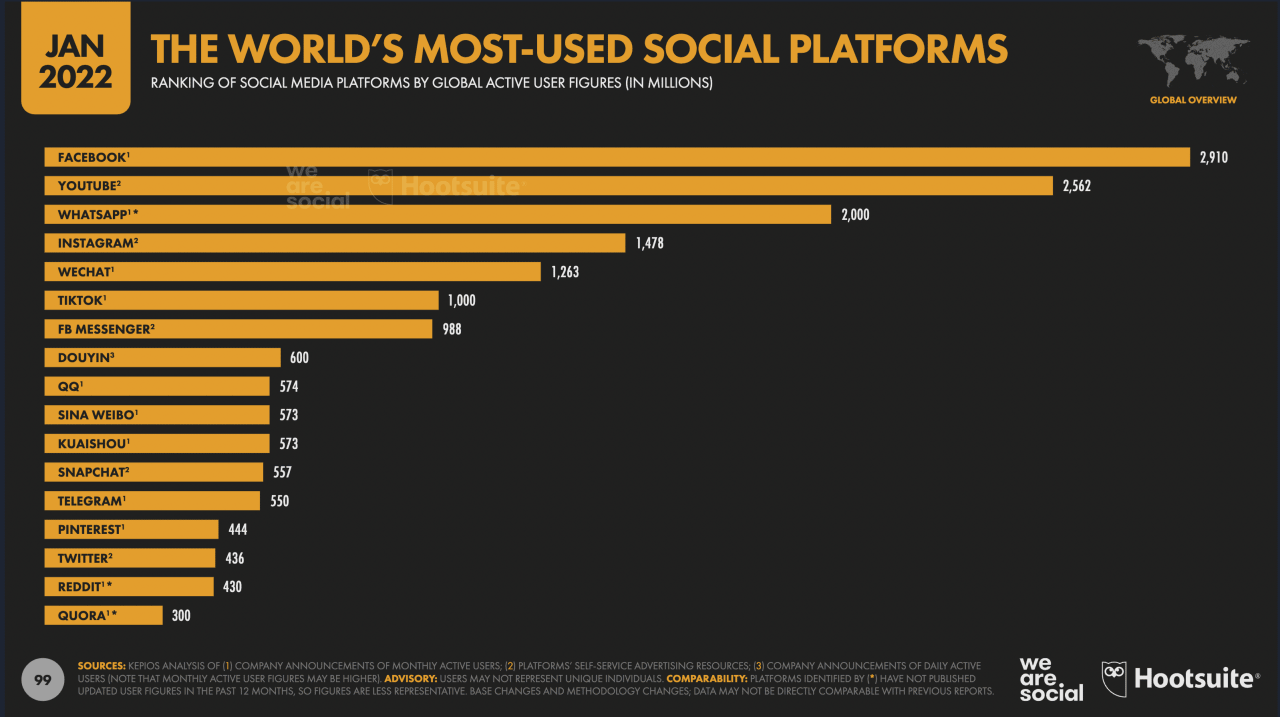Garden Maintenance: Gardening

Gardening – Maintaining a garden requires ongoing care to ensure the health and productivity of plants. Regular tasks such as weeding, watering, and pruning are essential for a thriving garden.
Garden maintenance tasks should be scheduled based on the specific needs of the plants and the climate. Generally, watering is necessary during dry periods, while weeding and pruning can be done more frequently.
Watering
Adequate watering is crucial for plant growth. The frequency and amount of water required depend on factors such as soil type, plant species, and weather conditions. Overwatering can lead to root rot, while underwatering can stunt growth and reduce yields.
Weeding
Weeds compete with plants for water, nutrients, and sunlight. Regular weeding is essential to prevent weeds from taking over the garden and reducing the productivity of desired plants.
Pruning
Pruning involves removing dead, diseased, or overgrown plant material. It promotes healthy growth, improves air circulation, and enhances the appearance of the garden.
Pest and Disease Management
Gardens are susceptible to various pests and diseases. Early detection and treatment are crucial to minimize damage and protect plant health. Organic methods, such as companion planting and natural predators, can be effective in pest control. Chemical pesticides and fungicides should be used as a last resort.
Benefits of Gardening

Gardening, an engaging activity that connects individuals with nature, offers a plethora of physical, mental, and social benefits. Scientific studies have consistently demonstrated the positive impact of gardening on overall well-being.
Physical Benefits
- Gardening promotes physical activity, providing an opportunity for individuals to engage in light to moderate exercise. This includes activities such as digging, planting, weeding, and harvesting.
- Exposure to sunlight during gardening aids in the production of vitamin D, essential for bone health and immune function.
- Gardening can help improve cardiovascular health by reducing blood pressure and improving cholesterol levels.
Mental Benefits, Gardening
- Gardening has been shown to reduce stress levels and improve mood. The act of tending to plants and observing their growth can provide a sense of accomplishment and purpose.
- Cognitive function can also benefit from gardening, as it involves problem-solving, decision-making, and memory recall.
- Gardening can provide a form of mindfulness, allowing individuals to connect with the present moment and reduce anxiety.
Social Benefits
- Gardening can foster a sense of community, as individuals can share knowledge, resources, and produce with others.
- Participating in community gardens or gardening clubs can provide opportunities for socialization and support.
- Gardening can promote intergenerational connections, as it is an activity that can be enjoyed by people of all ages.
Personal Stories and Testimonials
- “Gardening has been a lifesaver for me. It helps me relax, reduces my stress, and gives me a sense of purpose.” – Sarah, a gardener for over 10 years
- “I started gardening as a way to get some exercise, but I quickly realized how much it benefited my mental health as well. It’s a great way to clear my mind and focus on the present moment.” – John, a recent gardening enthusiast
Gardening Resources
Navigating the world of gardening can be overwhelming, but there are numerous resources available to help you succeed. From beginner-friendly guides to in-depth scientific journals, there’s something for every gardener.
This table provides a curated selection of gardening resources organized by topic to help you find the information you need.
Plant Care
- American Horticultural Society:A non-profit organization dedicated to promoting horticulture, with a vast library of resources on plant care, garden design, and more.
- Gardeners.com:A comprehensive website offering a wide range of gardening articles, videos, and forums.
- Sunset Western Garden Book:A regional gardening guide covering plants, design, and techniques specifically for the Western United States.
Garden Design
- Better Homes & Gardens:A popular magazine and website with numerous articles on garden design, landscaping, and outdoor living.
- Gardens Illustrated:A British magazine that showcases inspiring garden designs and provides practical advice.
- Garden Design:A quarterly magazine featuring innovative garden designs, plant profiles, and interviews with renowned designers.
Pest Control
- National Pesticide Information Center:A government resource providing unbiased information on pesticide use, safety, and alternatives.
- Organic Gardening:A magazine dedicated to sustainable gardening practices, including natural pest control methods.
- Rodale’s Ultimate Encyclopedia of Organic Gardening:A comprehensive guide to organic gardening techniques, including pest management.



